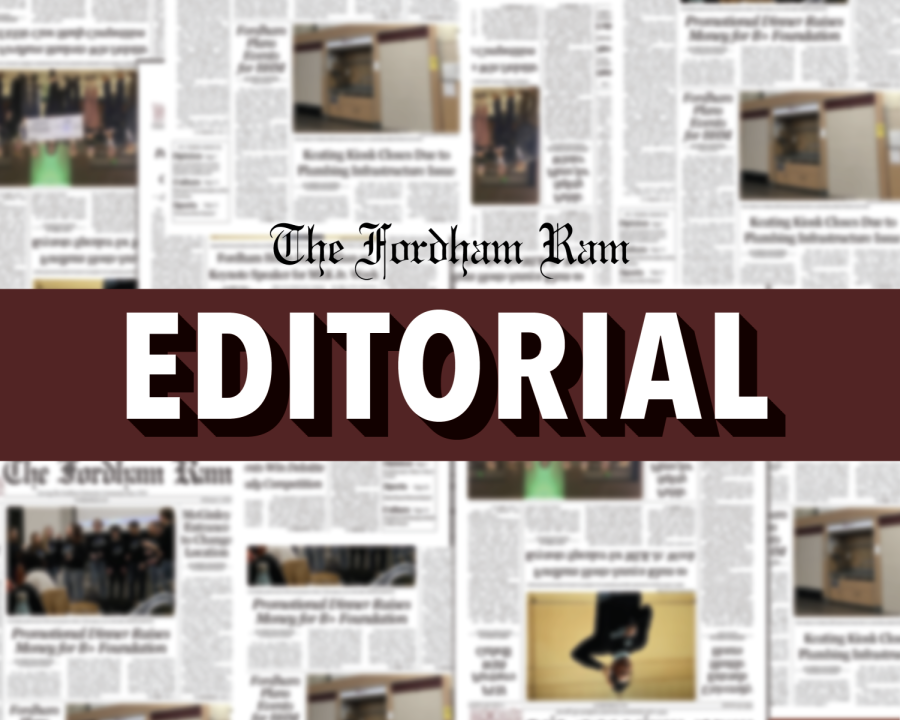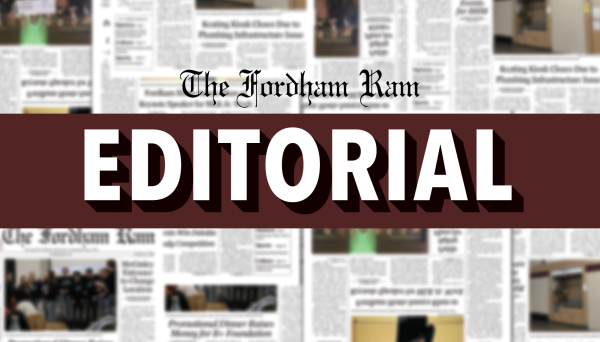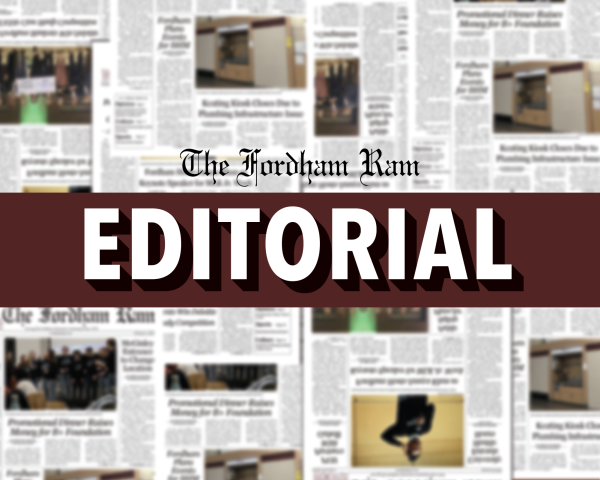Fordham Needs to Revise Its Enrollment Policy
At the start of every school year, Fordham students look forward to welcoming the thousands of new students who roam our campuses for the first time at the start of their academic careers. Talking to them, engaging as upperclassmen and helping them get oriented to their new lives can even help foster appreciation for our own time here.
However, as much as we love welcoming new students to campus, the sheer sizes of the new freshman and sophomore classes have allowed us to see how admitting too large of a class can hinder the student experience. Namely, overwhelming class sizes have created significant congestion for student services on campus.
It is the Ram’s belief that Fordham University needs to focus on revising the enrollment process to prevent future over enrollment.
To provide context, the introduction of the class of 2025 ushered in the largest class size in university history with over 2,800 new students, according to Patricia Peek, dean of Undergraduate Admissions. This amount exceeded the number of students that the Office of Undergraduate Admissions had initially expected.
In the 2021-22 year, the Ram reported on multiple accounts of university student services facing shortages in different departments.
Fordham ID Services was struck with a dearth of physical card stock. After various frustrations with the ordering processes, the department officially requested that students register with electronic identification cards despite numerous malfunction reports regarding the electronic service.
Over enrollment of the class of 2025 notably increased congestion in the dining services available on campus. Bottlenecks increased wait time by up to an hour and a half for students to receive their meals, whether or not they ordered ahead or stood in line. Fordham Dining was forced to restructure their production and distribution processes for on-campus dining.
Another significant problem caused by over enrollment last year can be seen in Fordham’s Counseling and Psychological Services (CPS). Because of the number of new students admitted to campus, wait times skyrocketed at CPS for students who were seeking out mental healthcare. Additionally, the department needed to outsource many specialized services.
As the academic year begins again, it seems as though the enrollment process has opened the door for a similar situation. According to Dean Peek, the class of 2026 (the latest in first-year students) numbers 2,575 as of Sept. 2. While the Dean’s estimations are predicting that the number of first-years will lower closer to 2,550 by the end of September, this class is now the second largest class size in university history behind the class of 2025.
For the second year in a row, the number of students who were admitted to the university and deposited their payments exceeded admission expectations. As a result the university and the
Office of Undergraduate Admissions will have to reconfigure and recalibrate the class size targets for the future.
As it stands, overcrowding has stretched facilities and resources to points beyond their capacity, making them inefficient and insufficient. The model of the 2025 and 2026 class sizes is unsustainable. Unless Fordham plans to significantly expand student services to continue accommodating larger enrollment, admissions must limit future class sizes.













































































































































































































